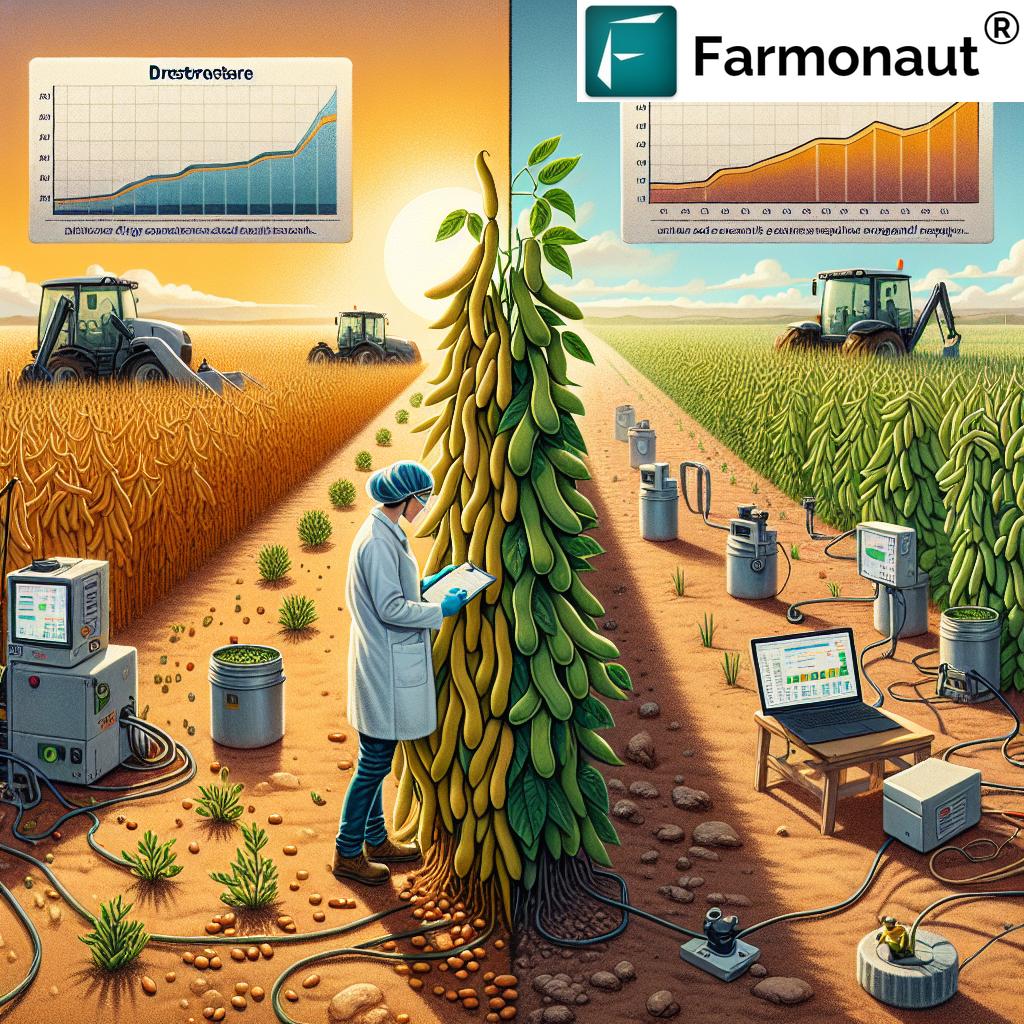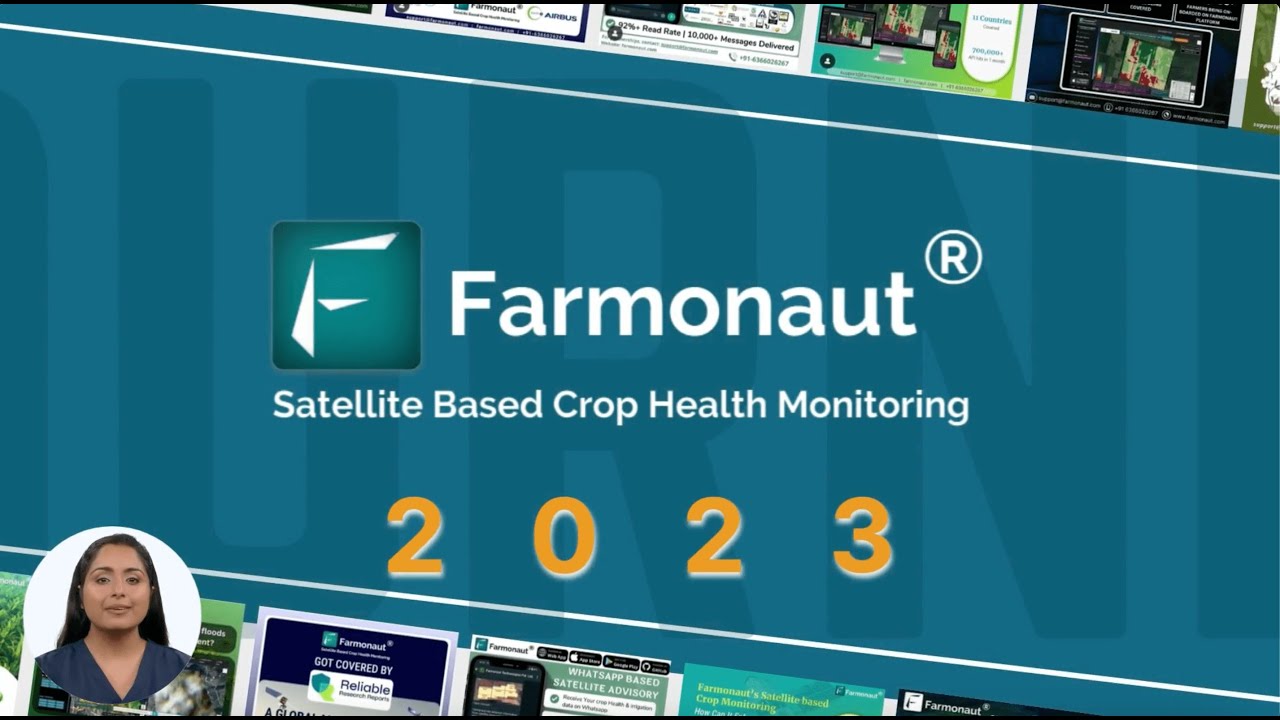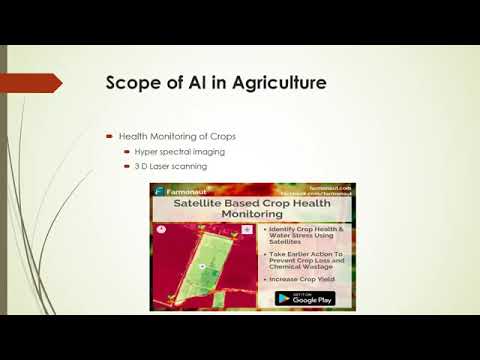Revolutionizing Sustainable Dry Bean Production: Long’s Peak Upright Pinto Variety Boosts Yields in Madison, WI
“Long’s Peak Upright Pinto variety increases dry bean yields by up to 25% compared to traditional varieties.”
In the heart of Madison, Wisconsin, a quiet revolution is taking place in the world of sustainable dry bean production. We at Farmonaut are excited to bring you the latest insights into this groundbreaking development that’s set to transform the landscape of pulse crop cultivation. The star of this agricultural breakthrough? The Long’s Peak Upright Pinto bean variety.
As we delve into the intricacies of this innovative upright pinto bean variety, we’ll explore how it’s addressing long-standing harvesting challenges and optimizing crop yields. This blog post will take you on a journey through the latest agronomy research advancements, shedding light on disease-resistant bean breeding and its profound impact on agricultural sustainability practices.

The Rise of Upright Pinto Bean Varieties
Traditionally, pinto beans have been grown in a prostrate or vining growth habit, which has presented numerous challenges for farmers, particularly during harvest. The introduction of upright pinto bean varieties, such as the Long’s Peak, marks a significant milestone in pulse crop production. These innovative varieties stand tall, quite literally, in the face of conventional farming obstacles.
Key benefits of upright pinto bean varieties include:
- Improved air circulation, reducing the risk of disease
- Enhanced light penetration, promoting even ripening
- Simplified harvesting process, reducing crop losses
- Increased yield potential due to better plant structure
The development of these upright varieties is a testament to the power of agronomic research and the tireless efforts of plant breeders and scientists. By focusing on creating beans that not only yield more but also simplify the farming process, researchers have paved the way for a more sustainable and efficient future in dry bean production.
Long’s Peak: A Game-Changer in Pinto Bean Cultivation
The Long’s Peak upright pinto bean variety is making waves in Madison, WI, and beyond. Named after the iconic mountain in Colorado, this variety stands tall both in the field and in its potential to revolutionize dry bean farming. Let’s explore what makes Long’s Peak so special:
- Upright Growth Habit: Unlike traditional prostrate varieties, Long’s Peak grows in an upright manner, significantly reducing ground contact and associated diseases.
- High Yield Potential: Farmers have reported yield increases of up to 25% compared to conventional pinto varieties.
- Disease Resistance: Bred with enhanced resistance to common bean pathogens, Long’s Peak offers improved crop health and reduced reliance on chemical interventions.
- Drought Tolerance: With climate change posing new challenges, Long’s Peak’s improved root system provides better drought resistance.
- Uniform Maturity: The upright structure allows for more even drying and maturation, simplifying harvest timing.
These characteristics collectively contribute to a more sustainable and profitable bean production system, aligning perfectly with the growing demand for environmentally conscious farming practices.
Sustainable Dry Bean Production: A Closer Look
Sustainable agriculture is at the forefront of global efforts to ensure food security while minimizing environmental impact. Dry beans, as a subset of pulse crops, play a crucial role in this sustainable future. Here’s why:
- Nitrogen Fixation: Beans naturally fix nitrogen in the soil, reducing the need for synthetic fertilizers.
- Water Efficiency: Compared to many other protein sources, dry beans require significantly less water to produce.
- Soil Health: The root systems of bean plants contribute to improved soil structure and health.
- Crop Rotation Benefits: Incorporating beans into rotation cycles breaks pest and disease cycles, benefiting subsequent crops.
The Long’s Peak variety enhances these inherent sustainability benefits of dry beans. Its upright structure not only improves harvesting efficiency but also reduces the need for herbicides by allowing for better mechanical weed control. This aligns perfectly with integrated pest management strategies, a cornerstone of sustainable farming practices.
Agronomy Research Advancements: The Science Behind the Seeds
The development of Long’s Peak and other upright pinto bean varieties is not a stroke of luck but the result of decades of dedicated agronomy research. Scientists and plant breeders have employed a combination of traditional breeding techniques and modern biotechnology to create these superior bean varieties.
Key areas of focus in bean breeding research include:
- Genetic mapping to identify traits for disease resistance
- Physiological studies to improve drought tolerance
- Nutritional profiling to enhance protein content and quality
- Field trials to assess performance across diverse environments
One of the most significant breakthroughs in this field has been the development of molecular markers associated with the upright plant architecture. This has allowed breeders to more efficiently select for this trait, accelerating the breeding process.
“Upright pinto beans can reduce harvesting time by 40%, significantly improving efficiency for farmers.”
Disease-Resistant Bean Breeding: A Shield Against Crop Losses
Disease resistance is a critical factor in sustainable bean production. The Long’s Peak variety, like other modern upright pinto beans, has been bred with enhanced resistance to several common bean pathogens. This includes:
- Bean Common Mosaic Virus (BCMV)
- Rust (Uromyces appendiculatus)
- Bacterial Blight (Xanthomonas campestris pv. phaseoli)
- Root Rot Complex (various soil-borne pathogens)
By incorporating multiple disease resistance genes, breeders have created a more resilient crop that can withstand various environmental stresses. This not only ensures more stable yields but also reduces the need for chemical fungicides and pesticides, further enhancing the sustainability profile of dry bean production.
Harvesting Techniques: Streamlining the Process
One of the most significant advantages of upright pinto bean varieties like Long’s Peak is the improvement in harvesting techniques. Traditional prostrate varieties often require specialized equipment or labor-intensive practices to harvest effectively. In contrast, upright varieties can be harvested using conventional combine harvesters, similar to those used for cereal crops.
Benefits of improved harvesting techniques include:
- Reduced harvest losses due to less ground contact
- Lower labor costs and time requirements
- Improved bean quality with less soil contamination
- Extended harvest window due to better pod clearance
These improvements not only increase the profitability of bean production but also make it a more attractive option for farmers considering crop diversification.

Pulses: Nutrient-Dense Protein Sources for Global Food Security
As we delve deeper into the importance of upright pinto beans, it’s crucial to understand the broader context of pulses in global nutrition. Pulses, including dry beans, are nutrient powerhouses that offer a sustainable solution to worldwide protein needs.
Key nutritional benefits of pulses include:
- High protein content (20-25% by weight)
- Rich in dietary fiber
- Excellent source of B vitamins
- High in minerals such as iron, zinc, and magnesium
- Low in fat and cholesterol-free
The Long’s Peak upright pinto variety not only maintains these nutritional qualities but also ensures a more consistent and abundant supply. By improving yields and reducing crop losses, this variety contributes significantly to food security efforts, especially in regions where plant-based proteins are a dietary staple.
Crop Yield Optimization: Maximizing Returns for Farmers
Optimizing crop yields is a primary goal for farmers and researchers alike. The Long’s Peak upright pinto bean variety represents a significant leap forward in this regard. Several factors contribute to its yield advantages:
- Improved Canopy Structure: The upright growth habit allows for better light penetration and air circulation, promoting healthier plants and higher pod set.
- Enhanced Root System: A more robust root structure improves nutrient and water uptake, leading to stronger plants and higher yields.
- Reduced Disease Pressure: With less ground contact and improved air flow, disease incidence is naturally reduced, preserving yield potential.
- Uniform Maturity: Even ripening across the plant facilitates a more complete harvest, minimizing losses.
These yield optimizations not only benefit farmers economically but also contribute to more efficient land use, a critical factor in sustainable agriculture.
Innovative Farming Methods: Beyond the Bean
While the Long’s Peak upright pinto bean variety is a significant innovation in itself, its full potential is realized when combined with other cutting-edge farming methods. At Farmonaut, we’re at the forefront of integrating technology into agriculture to enhance sustainability and productivity.
Some innovative farming methods that complement upright bean varieties include:
- Precision Agriculture: Using GPS-guided machinery for precise planting and harvesting
- Remote Sensing: Employing satellite imagery to monitor crop health and make timely interventions
- Data-Driven Decision Making: Utilizing farm management software to optimize inputs and predict yields
- Conservation Tillage: Minimizing soil disturbance to preserve soil health and reduce erosion
These methods, when combined with improved varieties like Long’s Peak, create a synergistic effect that pushes the boundaries of sustainable agriculture.
For farmers looking to leverage these technologies, Farmonaut offers a comprehensive suite of tools. Our web application provides real-time insights into crop health and weather patterns, enabling informed decision-making. For those preferring mobile solutions, our Android and iOS apps offer on-the-go access to critical farm data.
Climate-Smart Agricultural Systems: Adapting to Change
As climate change continues to pose challenges to agriculture, the development of climate-smart farming systems becomes increasingly crucial. The Long’s Peak upright pinto bean variety is an excellent example of a crop adapted to these new realities.
Key features of climate-smart agriculture include:
- Drought tolerance
- Heat resistance
- Efficient water use
- Resilience to extreme weather events
The upright structure of Long’s Peak, combined with its improved root system, makes it more resilient to climate variability. This adaptability is crucial for maintaining stable food production in the face of changing weather patterns.
Environmental Conservation and Land Management
Sustainable dry bean production goes hand in hand with environmental conservation and responsible land management. The Long’s Peak variety contributes to these efforts in several ways:
- Reduced Chemical Inputs: Higher disease resistance means fewer pesticides are needed.
- Improved Soil Health: As a legume, it naturally improves soil fertility.
- Water Conservation: Efficient water use reduces strain on local water resources.
- Biodiversity Support: When used in crop rotations, it helps break pest cycles and supports a more diverse farm ecosystem.
These environmental benefits align with global sustainability goals and help farmers become better stewards of their land.
The Future of Pulse Crop Production
As we look to the future, the role of pulse crops like the Long’s Peak upright pinto bean in sustainable agriculture is set to grow. Continued research and development in areas such as:
- Genetic improvement for stress tolerance
- Enhanced nutritional profiles
- Integration with precision agriculture technologies
- Development of value-added products
These advancements will further cement the place of pulses in global food systems. At Farmonaut, we’re committed to supporting this future through our innovative agricultural technologies. Our API and developer documentation provide the tools needed to integrate cutting-edge agricultural data into various applications, furthering the reach and impact of sustainable farming practices.
Comparative Analysis of Upright Pinto Bean Varieties
| Bean Variety | Plant Structure | Estimated Yield (lbs/acre) | Disease Resistance | Harvesting Efficiency (%) | Protein Content (%) | Water Use Efficiency (%) | Adaptability to Climate Change |
|---|---|---|---|---|---|---|---|
| Long’s Peak Upright Pinto | Upright | 2,500-3,000 | High | 95 | 22 | 85 | High |
| Traditional Pinto 1 | Prostrate | 2,000-2,500 | Medium | 75 | 21 | 70 | Medium |
| Traditional Pinto 2 | Prostrate | 1,800-2,300 | Low | 70 | 20 | 65 | Low |
This table clearly illustrates the advantages of the Long’s Peak Upright Pinto variety across multiple factors crucial for sustainable dry bean production. The higher yield, improved disease resistance, and superior harvesting efficiency highlight why this variety is revolutionizing bean farming in Madison, WI, and beyond.
FAQs About Upright Pinto Bean Varieties
- Q: What makes upright pinto beans different from traditional varieties?
A: Upright pinto beans have a vertical growth habit, which improves air circulation, reduces disease pressure, and simplifies harvesting compared to traditional prostrate varieties. - Q: How do upright pinto beans contribute to sustainable agriculture?
A: They require fewer pesticides, improve soil health through nitrogen fixation, and enhance water use efficiency, all contributing to more sustainable farming practices. - Q: Are upright pinto beans genetically modified?
A: No, varieties like Long’s Peak are developed through traditional breeding methods, not genetic modification. - Q: How do upright pinto beans impact harvesting?
A: They allow for more efficient mechanical harvesting, reducing labor costs and crop losses associated with traditional varieties. - Q: Can upright pinto beans be grown in all bean-producing regions?
A: While adaptable to many regions, it’s best to consult local agricultural extension services for specific recommendations based on your area’s climate and soil conditions.
Conclusion: Embracing Innovation for a Sustainable Future
The Long’s Peak upright pinto bean variety represents a significant leap forward in sustainable dry bean production. Its development and success in Madison, WI, serve as a testament to the power of agricultural innovation. By combining improved genetics with sustainable farming practices and cutting-edge technology, we’re paving the way for a more resilient and productive food system.
As we continue to face global challenges such as climate change and food security, varieties like Long’s Peak offer hope and practical solutions. They demonstrate that through science, innovation, and dedication, we can create crops that not only yield more but do so in harmony with our environment.
At Farmonaut, we’re proud to be part of this agricultural revolution, providing farmers with the tools and insights they need to succeed in this new era of farming. Whether through our satellite-based crop monitoring, AI-driven advisory systems, or blockchain traceability solutions, we’re committed to supporting the future of sustainable agriculture.
As we look to the future, the story of the Long’s Peak upright pinto bean in Madison, WI, serves as an inspiration and a roadmap for continued innovation in agriculture. It reminds us that with the right combination of science, technology, and sustainable practices, we can meet the challenges of feeding a growing world while preserving our planet for future generations.
Join us in revolutionizing agriculture. Explore Farmonaut’s solutions and be part of the sustainable farming movement.




















